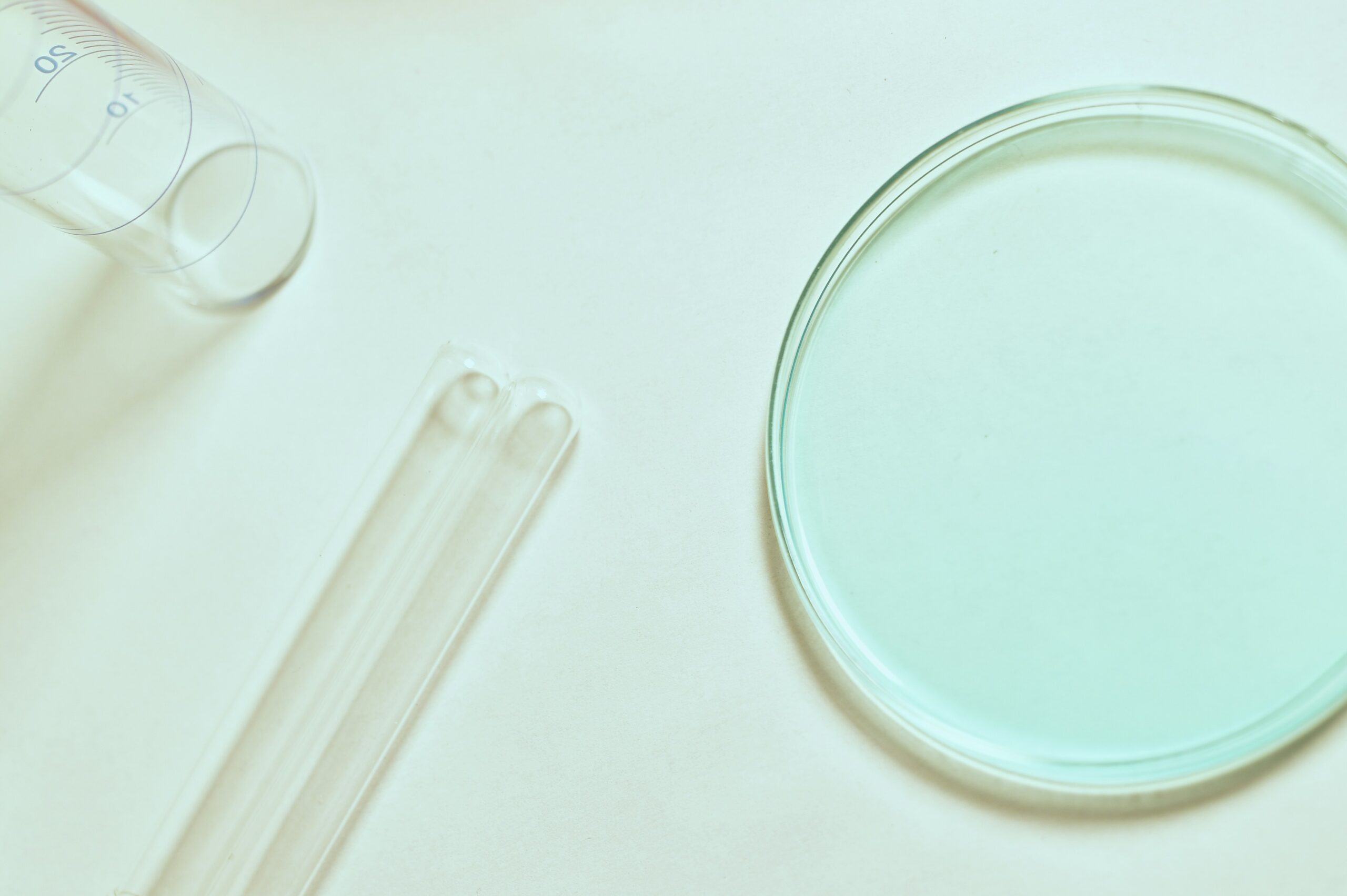
Our Embryos Aren’t Children, But I Wish They Were
I really wished our embryos were kids. But not because an Alabama judge has decided they are.
The day before the first of many uterine surgeries, our fertility doctor called with the results of our first IVF cycle. After twelve days of twice daily injections burning and bruising my body, 10 eggs were retrieved from my ovaries. For a healthy 38 year old with normal labs this was a true success. And we had privilege: as a heterosexual couple with good enough health insurance near the best medical care in the world, we had all the genetic material we needed. Those 10 eggs were fertilized through a process of intracytoplasmic sperm injection (ICSI), a technique injecting a single sperm directly into an egg. It wasn’t exactly how I learned about the facts of life when I read Peter Mayle’s “Where did I come from?” while my mom carried my little sister in 1988.
It was March 2021 and we stayed home waiting for a different kind of injection (the Covid-19 vaccine,) impatiently praying for cell division I hadn’t thought about since high school science. Divide, oh beloved cells of mine! I prayed. And they did. When a fertilized egg divides into 4 cells, then 8, then 16 cells, and continues rapidly dividing to 70-100 cells within five days, the chances of a live birth increase significantly. Ever fragile nonetheless, four of our embryos grew successfully for five days and we were ready to start saving for college. They were beautiful, too, our doctor said.
As recommended by our fertility clinic, samples from two of our embryos would be sent off to a lab in Colorado for preimplantation genetic testing (PGT) billed out of pocket at $3450 dollars.
Our doctor’s voice shifted as she shared the rest of the results, a tone suggesting not to buy a lottery ticket that day. As a rabbi, I come from a people invested in hope. But when pursuing fertility treatment, hope often springs ephemeral.
The other two embryos had merged together in the petri dish, a circumstance of blastocyst fusion impacting only 10 in 80,000 embryos.
I’ve always aspired to be unique, one of a kind or at least 0.000125 of a kind. And for a brief second, I imagined twins. A girl and a boy, I envisioned, who were musical like me and compassionate and patient like my husband, who loved to snuggle like our dog, and who were brilliant and silly like my nieces, who could turn a pun like both of us until everyone else groans, and who would sit around the Shabbat dinner table burrowing into the challah to taste the most delicious parts. Two kids, one pregnancy! What a deal, what a relief! This collection of hopeful cells even received an Ivy League level of embryo grading, a promising chance we might one day cradle a beloved child in our arms.
But indeed hope sprung ephemeral. For scientific reasons that were painful for me to understand, fused embryos cannot be genetically tested, the doctor says. At my age and with my uterus, we were advised not to take risks like this. As we hang up the phone, I imagine that one of their cells is filled solely with our anxious Ashkenazi roots.
Next time, since we’re paying so much, I ask the doctor, could you spare an extra petri dish? Don’t petri dishes cost 10 cents? I can order you more on Amazon, I offer. No, she says. She uses many scientific words like co-culture and biodome, but what I hear her say is that they share petri dishes because they thrive in community.
My husband and I are not unique in every way; rather, we are part of the community of 1 in 6 couples who struggle with fertility. It’s not a community anyone wants to belong to; thriving in fertility journey communities means leaving as soon as you can.
Our insurance did not care that these embryos had inconclusive viability. Their primary concern was that they did not want to pay for further fertility treatment until we had transferred or discarded them. Emotionally, we weren’t ready to let them go yet.
In time, new health insurance allowed us to continue forward with a new IVF cycle. In order to continue onward- even though I really, really wished our merged little Ashkenazi, Broadway-bound, thrives-in-community embryos were kids, they were simply or quite grandly mere cells of hope. And we had to let them go. I’m grateful that despite our sadness and hesitation, we live in a state and city where we could make this and many other medical decisions for ourselves.
I wish that we had a tiny human to bless for Shabbat each week. Often late at night, I dream about thriving in community with our very own child, a holy semblance of cells and breath far beyond our imagination. We pray to the Source of science and stardust that such a moment will soon come. But that time needs to be left up to us. Jewish tradition understands that life begins when a baby takes a first breath of oxygen, allowing for the soul to enter into its body. We cannot let state or federal legislation determine when life begins, forcing the hegemony of Christian scripture on our wombs or on our dreams.
Our embryos were not children. They were fragile cells of hope, thriving together in community, a cluster of possibility and potential forever frozen in time.



